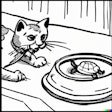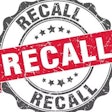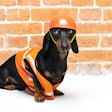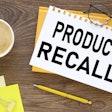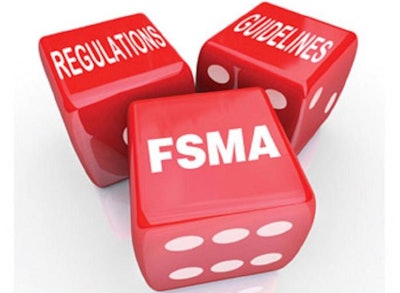
The Food Safety Modernization Act (FSMA) established a lot of rules and regulations for pet food manufacturers, but some requirements remain vague.
Emily Lyons, senior associate attorney at Kansas City-based law firm Husch Blackwell, highlighted some of the important aspects of FSMA for pet food companies during at Tech Talk at Petfood Forum 2021 in Kansas City on September 24.
“The Food Safety Modernization Act really changed the way that pet foods are regulated for food safety purposes,” she said.
FSMA required the Food and Drug Administration (FDA) to establish the Preventive Controls for Animal Food (PCAF) rule, which establishes Current Good Manufacturing Practices (CGMPs) – “the first time animal food facilities were subject to these requirements,” Lyons said.
The PCAF rule also includes hazard analysis and risk-based preventive controls, meaning facilities are required to implement a written food safety plan that focuses on preventing hazards in animal foods.
CGMPs are “the baseline standards for sanitary operations at any pet food facility,” Lyons said. They apply to all pet food facilities regardless of whether a preventive control for any of the hazards are required, except for grain elevators. Areas of focus for CGMPs include personnel, plant and grounds, sanitation, water supply and plumbing, equipment and utensils, plant operations, holding and distributing, and training.
Some facilities are required to establish a FSMA-compliant food safety plan that includes a written hazard analysis “which identifies known or reasonably foreseeable biological, chemical and physical hazards in your facility,” Lyons said, adding that facilities are then required to establish preventive controls which “are meant to significantly minimize or prevent that hazard that you’ve identified, and they have to be specific to that hazard.”
There also should be a supply chain program in place that addresses supply chain risks, as well as a recall plan.
Lyons said that regulations are vague about what needs to be included in a recall plan, but all facilities must have a recall plan in place. She said it is extremely helpful to establish who does what and where during a recall.
Companies should establish:
- Procedures to determine if and when a recall is needed
- Predefined roles and responsibilities for when there is a recall
- Steps to notify customers, consignees and the public, if necessary
- Procedures for disposition of the product
- Contact lists for external notification of regulators, customers and the public
- Lot identification descriptions
- Effectiveness check procedures to be used during a recall
- Forms to record information and draft notices to complete
When it comes to FDA inspections of pet food facilities, “Records, records, records is the big thing that you need to know about the Food Safety Modernization Act,” Lyons said.
Companies should expect FDA inspectors to request to see records, especially the qualified individual training documentation, food safety plan and hazard analysis, but they are not entitled to see all records, including recipes, pricing information or product research.
Facility employees who are involved with FDA inspections should be well versed on the company’s rules and policies before any inspection.
“Your best preparation is to be familiar both with the food safety rule as well as your food safety plan and your CGMPs,” Lyons said.









